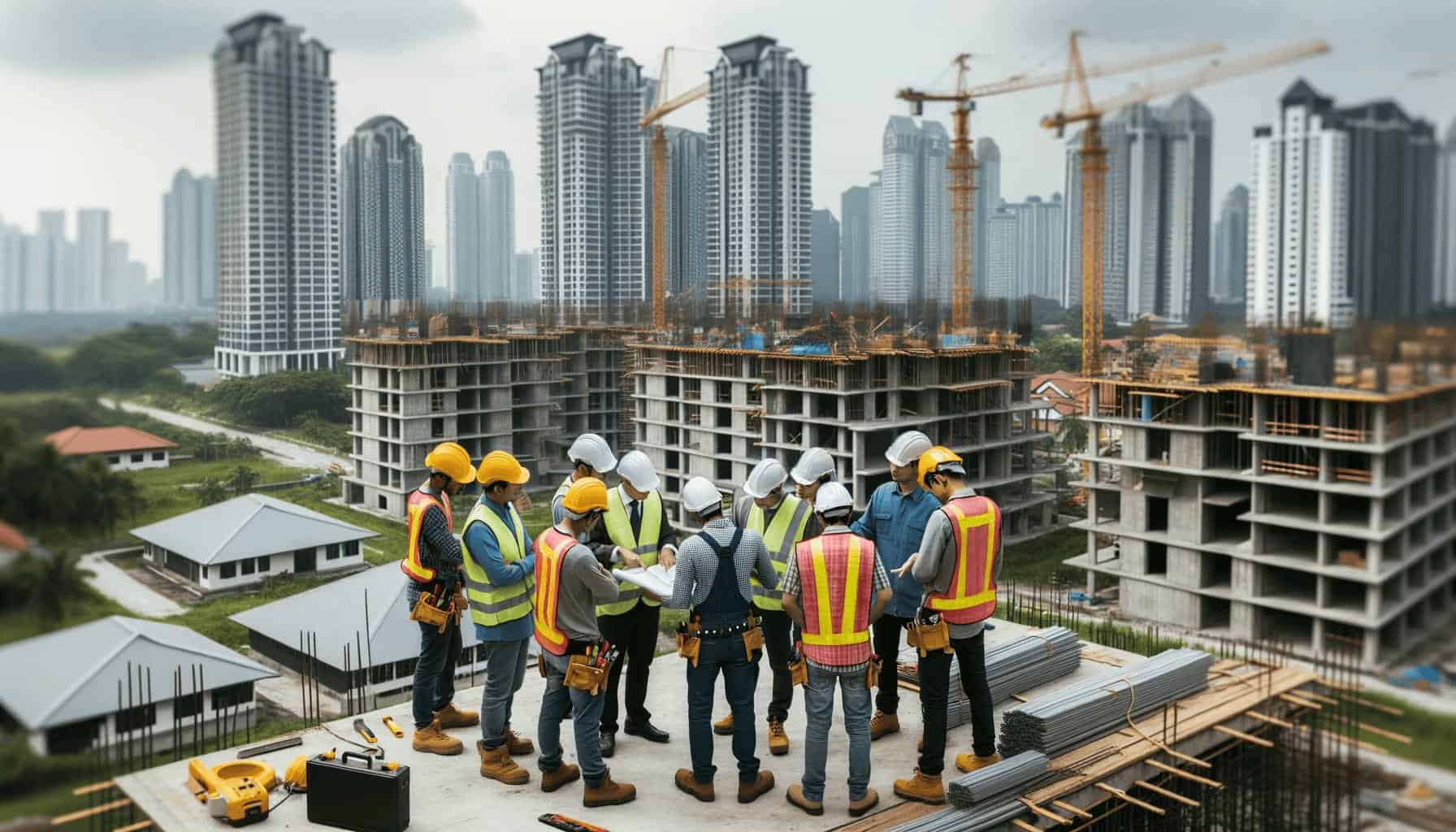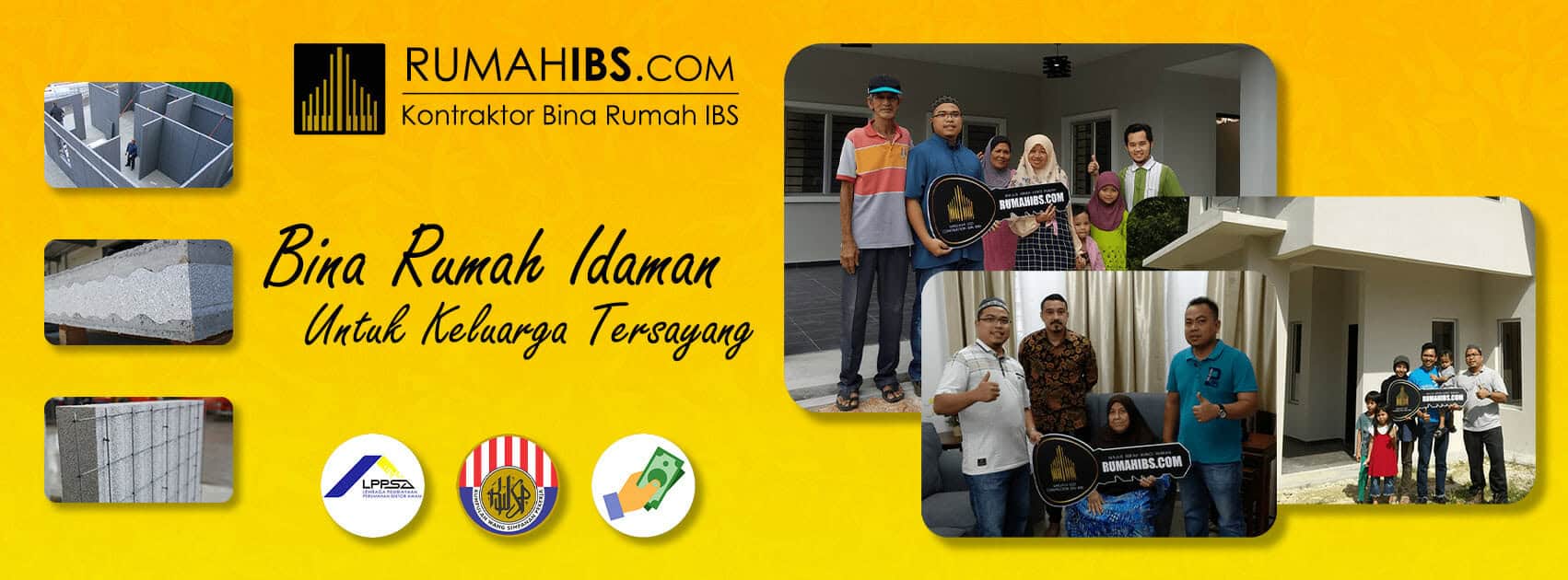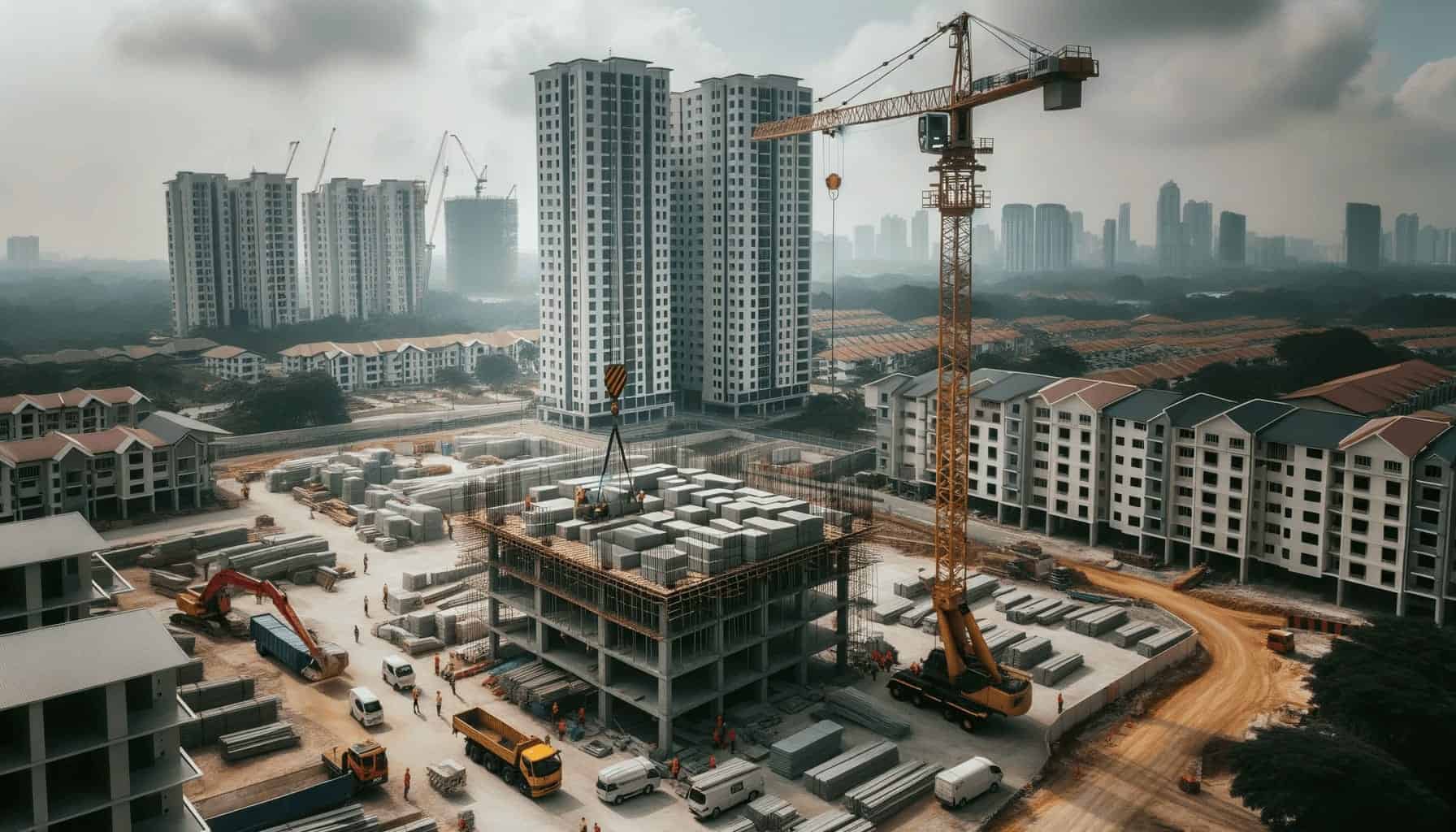
Blog
How to Excavate Soil: A Comprehensive Guide from History, Process, to Application in the Construction Industry

How to Excavate Soil: A Comprehensive Guide from History, Process, to Application in the Construction Industry
1. Introduction
What Is Land Reclamation?
Land reclamation is a process where soil is added or placed on a certain area to increase the height or compact the surface. This process is usually done in a construction context, especially when there is a need to build a structure on unstable or uneven ground.
The Importance of Land Reclamation in the Construction Industry
In the construction industry, land reclamation plays a very important role. It ensures that the foundation soil is strong enough to support the load of the structure that will be built on it. In addition, reclamation is also used for other purposes such as landscaping, runoff management, and more.
Types of Land Suitable for Reclamation
Not all types of land are suitable for reclamation. Clay soil, sandy soil, and loam soil are among the most common types of soil used in the reclamation process. The selection of the right type of soil is critical to ensure the success of a construction project.
More about the types of land suitable for reclamation
By understanding what soil reclamation is, its importance in the construction industry, and what types of soil are suitable, you will be better prepared to start or plan your construction project. This knowledge will also help you make more accurate and informative decisions throughout the construction process.
Contact us for more information
2. History and Evolution of Land Reclamation
The Origins of Land Reclamation Techniques
Land reclamation is not a new concept or technique. It has been used since ancient times for purposes such as agriculture, construction, and even warfare. In a historical context, this technique is often used to build fortifications or fortifications.
Technological Developments Affecting Reclamation Methods
Throughout time, technology in the construction industry has developed rapidly. This includes machines used in the land reclamation process. From the use of human and animal power, we now have advanced machines such as excavators and rollers that facilitate and speed up this process.
More about technological developments in construction
Modern technology has allowed us to do land reclamation more efficiently and accurately. This not only speeds up the construction time but also improves the quality and stability of the built structure.
Contact us for more information
By understanding the history and evolution of land reclamation techniques, we can better appreciate how technology has helped improve and accelerate this process. This also provides perspective on how this technique will continue to develop in the future.
Check your bank or LPPSA loan eligibility
3. Land Reclamation Process
Basic Steps in the Reclamation Process
The land reclamation process usually involves several important steps that must be followed to ensure its effectiveness. These steps include:
- Location Selection : Determines the location to be filled.
- Measurement and Evaluation : Perform measurement and evaluation of land to determine the volume and type of land required.
- Land Transportation : Transporting land from the source to the reclamation location.
- Spreading and Compaction : Spreading and compacting the soil in the specified location.
More about the land reclamation process
Tools and Machines Used
In the reclamation process, some special tools and machines are usually used to ensure the process runs smoothly. This includes:
- Iori : Used to transport soil from one place to another.
- Bulldozer : Used to level the land that has been dug up.
- Roller : Used in the soil compaction process.
More about tools and machines in land reclamation
Using the right tools and machines is critical to ensure the effectiveness and sustainability of the land reclamation process. This will also affect the final quality of the construction project.
Contact us for more information
Understanding the land reclamation process and the tools used will help you in planning and implementing your construction project more efficiently. This will also ensure that you comply with all relevant standards and regulations.
Check your bank or LPPSA loan eligibility
4. Soil Compaction Method
What Is Compaction and Why Is It Important?
Compaction is a process in which the soil is compacted to increase its strength and reduce the void space between the soil particles. This is a critical step in the land reclamation process, as it ensures that the reclaimed land will be strong enough to support the load of the structure that will be built on it.
Dynamic Compaction vs Vibrational Compaction
There are two types of compaction methods commonly used in the construction industry:
- Dynamic Compaction : Involves striking a specific load in one place repeatedly. Usually used for coarse grained soil.
- Vibration Compaction : Using a machine to produce vibrations that will compact the soil. More suitable for fine grained soils.
More about soil compaction methods
Techniques and Tools for Compaction
The following are some of the tools and techniques commonly used in the compaction process:
- Soil Roller : For coarse-grained soil.
- Vibration Compactor : For fine-grained soil.
- Floor Compactor : For smaller and flatter surfaces.
More about compression tools and techniques
Choosing the right compaction method and tools is important to ensure the effectiveness of the land reclamation process. This will also affect the sustainability and effectiveness of your construction project.
Contact us for more information
Understanding compaction methods and tools will help you plan and implement construction projects more effectively. This will also ensure the effectiveness and sustainability of your project.
Check your bank or LPPSA loan eligibility
5. Depth and Soil Layer
Depth Criteria for Coarse and Fine Grained Soils
The depth of the soil to be excavated is an important factor to consider. For coarse-grained soil, compaction is usually done 300 mm to 600 mm deep for each layer. While for fine-grained soil, the depth may vary based on project requirements.
More about soil depth criteria
How Depth Affects the Strength of a Structure
The depth of the excavated soil directly affects the strength and stability of the structure to be built. Soil that is not compacted well or does not meet the appropriate depth criteria will collapse or subside more easily.
Depth Measurement Techniques
To ensure the soil depth meets the requirements, several measurement techniques are usually used. This includes the use of measuring tools such as depth gauges and the use of technology such as laser transfer.
More about depth measurement techniques
Ensuring appropriate soil depth and layers is critical to the success of a construction project. This not only affects the strength of the structure but also the sustainability and safety of the project.
Contact us for more information
Understanding how soil depth affects structural strength is important for everyone involved in a construction project. This will help in planning and executing projects more effectively.
Check your bank or LPPSA loan eligibility
6. Priorities and Risks
Advantages of using land reclamation methods
Soil reclamation has several advantages that make it a top choice in many construction projects. Among the advantages are:
- Structural Stability : Increases the stability and strength of the soil, which in turn increases the stability of the building structure.
- Water Flow Control : Helps in water flow management, especially in areas that often experience flooding.
- Ease of Construction : Simplify the construction process by providing a flat and stable surface.
More about the advantages of land reclamation
Risks and Weaknesses
However, there are also some risks to consider. This includes:
- Soil Cracking : If the soil is not compacted properly, it can cause cracking.
- Water Flow : Mismanagement in reclamation can cause unwanted water flow problems.
- High Cost : This process can be expensive, especially if it involves transporting soil from long distances.
More about the risks of land reclamation
How to Mitigate Risk
To reduce the risk that may arise, several mitigation measures can be taken:
- Soil Testing : Conduct soil testing to ensure it is suitable for reclamation.
- Monitoring : Perform continuous monitoring during the reclamation process.
- Consultation with Experts : Get advice from geotechnical experts or structural engineers.
Understanding the advantages and risks involved in land reclamation is essential to ensure the success of a construction project. With this knowledge, you can make more accurate and informed decisions.
Contact us for more information
7. Rules and Standards
Rules To Be Followed During The Reclamation Process
In the construction industry, there are a number of rules and standards that must be followed when doing land reclamation. This includes:
- Safety Regulations : Ensure all tools and machines comply with safety standards.
- Environmental Regulations : Takes into account the impact on the environment, including water flow and soil erosion.
- District Regulations : Comply with local regulations regarding land use and construction.
More about regulations and standards
Relevant Industry Standards
In addition to regulations, there are also industry standards that are usually used as a guide in the land reclamation process. This includes:
- ISO : International standards for quality and safety.
- ASTM : Technical standards for materials, products, systems, and services.
Complying with the relevant regulations and standards will not only ensure the effectiveness and safety of your project but will also help in obtaining the necessary approvals and certificates.
Contact us for more information
Understanding the rules and standards that need to be followed will help you plan and implement construction projects more effectively. This will also ensure the effectiveness and sustainability of your project.
Check your bank or LPPSA loan eligibility
8. Application in Construction
How Land Reclamation Affects Building Foundations and Structures
Soil reclamation plays an important role in determining the stability of the foundation and structure of the building. With properly leveled and compacted soil, the foundation of the building will be more stable, which in turn increases the stability of the entire structure.
More about the influence of reclamation on building foundations
Examples of Applications in Large and Small Scale Construction Projects
Land reclamation is not only used in large-scale construction projects such as road construction or commercial buildings, but also in small-scale projects such as residential houses. In both cases, the same principles and techniques are used, although the scope and complexity may be different.
More about the application of reclamation in construction projects
Understanding how land reclamation is used in various types of construction projects will help you plan and execute your projects more effectively. This will also ensure the effectiveness and sustainability of your project.
Contact us for more information
9. Study Who
An In-Depth Analysis of Projects Using Land Reclamation Techniques
Case studies are one of the best ways to understand how the theory and principles of land reclamation are applied in the real world. For example, road construction projects involving land reclamation in hilly areas will require a different approach compared to projects in flat areas.
More about case studies in land reclamation
What Works and What Doesn’t
In every project, there are lessons to be learned. There may be reclamation techniques or soil types that are more effective in certain situations. On the other hand, there are also failures that can be valuable lessons for future projects.
More on what works and what doesn’t
Analyzing case studies from projects that have been implemented can provide valuable insight into what is working well and what needs to be improved. This can also be a useful guide for your own construction projects.
Contact us for more information
10. Conclusion and Next Steps
Summary of Key Points
Land reclamation is a complex but important process in the construction industry. From soil type selection, compaction, to compliance with regulations and standards, every aspect plays an important role in determining the effectiveness and sustainability of a construction project.
What Should You Do Next?
If you are interested in starting a construction project that involves land reclamation, the first step is to do a thorough assessment and planning. Consult with experts and make sure you comply with all relevant regulations and standards.
With a better knowledge and understanding of land reclamation, you are now better prepared to face the challenges and opportunities in your construction projects. Remember, knowledge is the key to success.
Contact us for more information or questions
Thank you for reading this article. If you have any questions or need more information, don’t hesitate to contact us. We are here to help you in every step of your construction project.
Check your bank or LPPSA loan eligibility
This is the conclusion of our article on ‘How to Excavate Soil: A Comprehensive Guide from History, Process, to Application in the Construction Industry’. We hope you benefit from the information provided. Happy building!


























